The article “Understanding “Why” Beats Statistical Significance” was originally published on Robot Wealth blog.
Do you find yourself obsessing over p-values and t-stats when evaluating trading ideas?
I get it.
If you come from an academic or scientific background, statistical significance feels like the gold standard for determining whether something is “real” or just random noise.
And in many fields, that’s exactly right.
But trading is different.
Statistical tests aren’t useless in trading. I use them occasionally. But waiting for statistical significance before putting on a trade is often a mistake that keeps good traders on the sidelines while opportunities pass them by.
By the time an effect shows up as statistically significant in your tests, everyone else has spotted it too. The edge is probably eroding as you finalise your backtest.
The reality of markets is much messier than you might think. Some of the best opportunities have sample sizes too small for any meaningful statistical validation.
Think about new markets or assets.
When crypto perpetual futures first gained popularity, there was no way to run meaningful statistical tests on the funding rate dynamics. The product design was new. But traders who understood similar mechanisms from traditional markets could immediately spot and exploit the inefficiencies without waiting for data to accumulate.
That doesn’t mean you should trade blindly based on hunches. You can stack the deck in your favour without waiting for a p-value:
Have a credible causal basis for why the effect exists:
- Risk premium: People paying you to take risk they don’t want.
- Structural: Forced selling from fund redemptions, for example.
- Behavioural: Such as end-of-month window dressing.
If you understand why something should work, you can trade it with more confidence than if you only know that it has worked.
Your hypothesis should be supported by whatever data you do have (but sometimes you’ll have little or none):
- Use simple analysis and look at the effect directly.
- Check if it’s persistent over time.
- See if it appears where you expect and disappears where you don’t.
Simple scatter plots and aggregations are often enough to reveal useful patterns.
The most lucrative opportunities often exist in places where statistical significance is impossible to achieve:
- New markets with limited history
- Rare events without large samples
- One-off structural changes
You likely already have market intuition to spot these (if you feel like you don’t, we can help). Combine it with an understanding of market mechanics and basic supporting evidence, and you often have more than enough to act.
I’m not saying you should ignore data analysis. Far from it. But don’t let the quest for statistical perfection prevent you from taking sensible risks when the logic is sound.
By the time something is proven beyond all doubt, the opportunity is usually gone, arbitraged away by traders who were comfortable acting with incomplete information.
Smart traders understand when statistical significance matters and when it doesn’t. They know when to wait and when to move.
This idea of taking good bets in the face of uncertainty is what trading is all about.
Don’t wait for statistical significance when your market understanding and available evidence are already pointing to an opportunity. That’s often where the best trades live.
Disclosure: Interactive Brokers Third Party
Information posted on IBKR Campus that is provided by third-parties does NOT constitute a recommendation that you should contract for the services of that third party. Third-party participants who contribute to IBKR Campus are independent of Interactive Brokers and Interactive Brokers does not make any representations or warranties concerning the services offered, their past or future performance, or the accuracy of the information provided by the third party. Past performance is no guarantee of future results.
This material is from Robot Wealth and is being posted with its permission. The views expressed in this material are solely those of the author and/or Robot Wealth and Interactive Brokers is not endorsing or recommending any investment or trading discussed in the material. This material is not and should not be construed as an offer to buy or sell any security. It should not be construed as research or investment advice or a recommendation to buy, sell or hold any security or commodity. This material does not and is not intended to take into account the particular financial conditions, investment objectives or requirements of individual customers. Before acting on this material, you should consider whether it is suitable for your particular circumstances and, as necessary, seek professional advice.
Disclosure: Futures Trading
Futures are not suitable for all investors. The amount you may lose may be greater than your initial investment. Before trading futures, please read the CFTC Risk Disclosure. A copy and additional information are available at ibkr.com.
Disclosure: Digital Assets
Trading in digital assets, including cryptocurrencies, is especially risky and is only for individuals with a high risk tolerance and the financial ability to sustain losses. Eligibility to trade in digital asset products may vary based on jurisdiction.
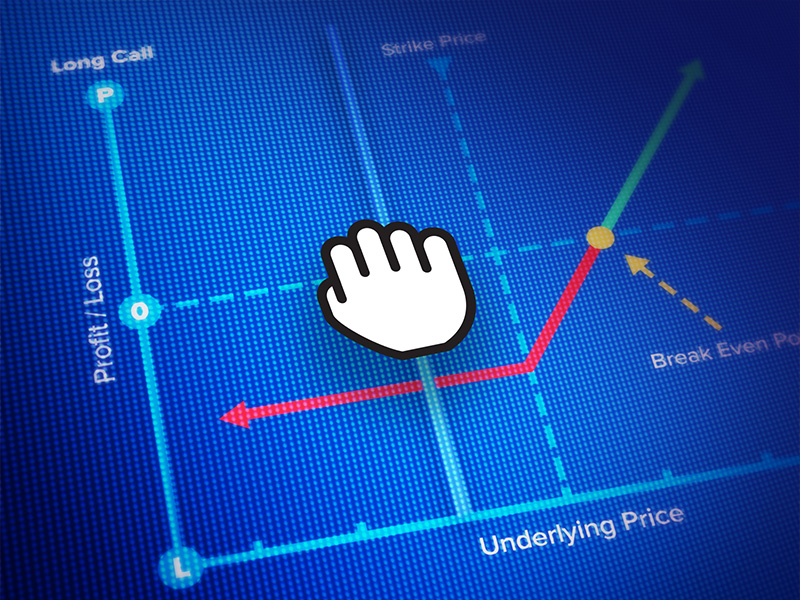

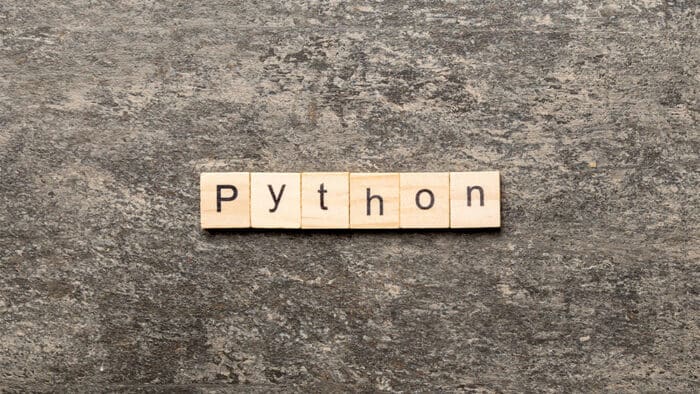
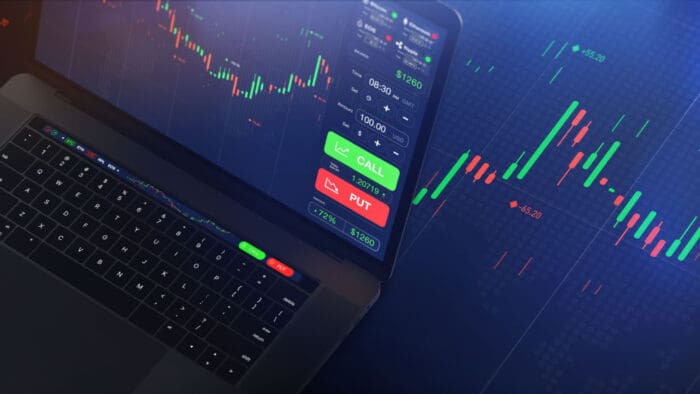




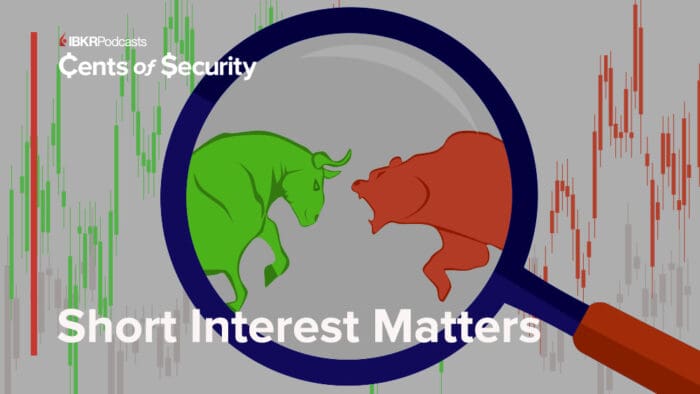
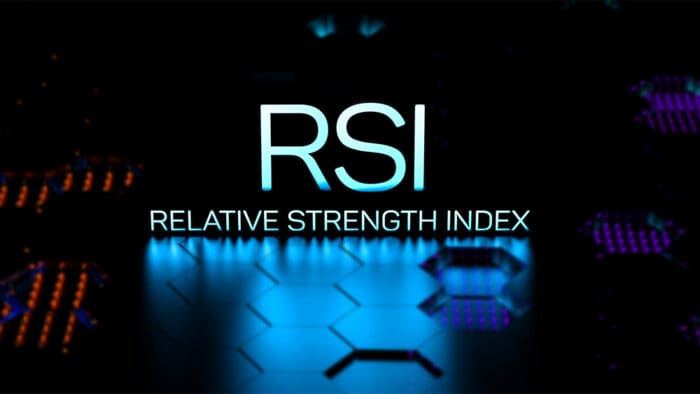




Join The Conversation
For specific platform feedback and suggestions, please submit it directly to our team using these instructions.
If you have an account-specific question or concern, please reach out to Client Services.
We encourage you to look through our FAQs before posting. Your question may already be covered!